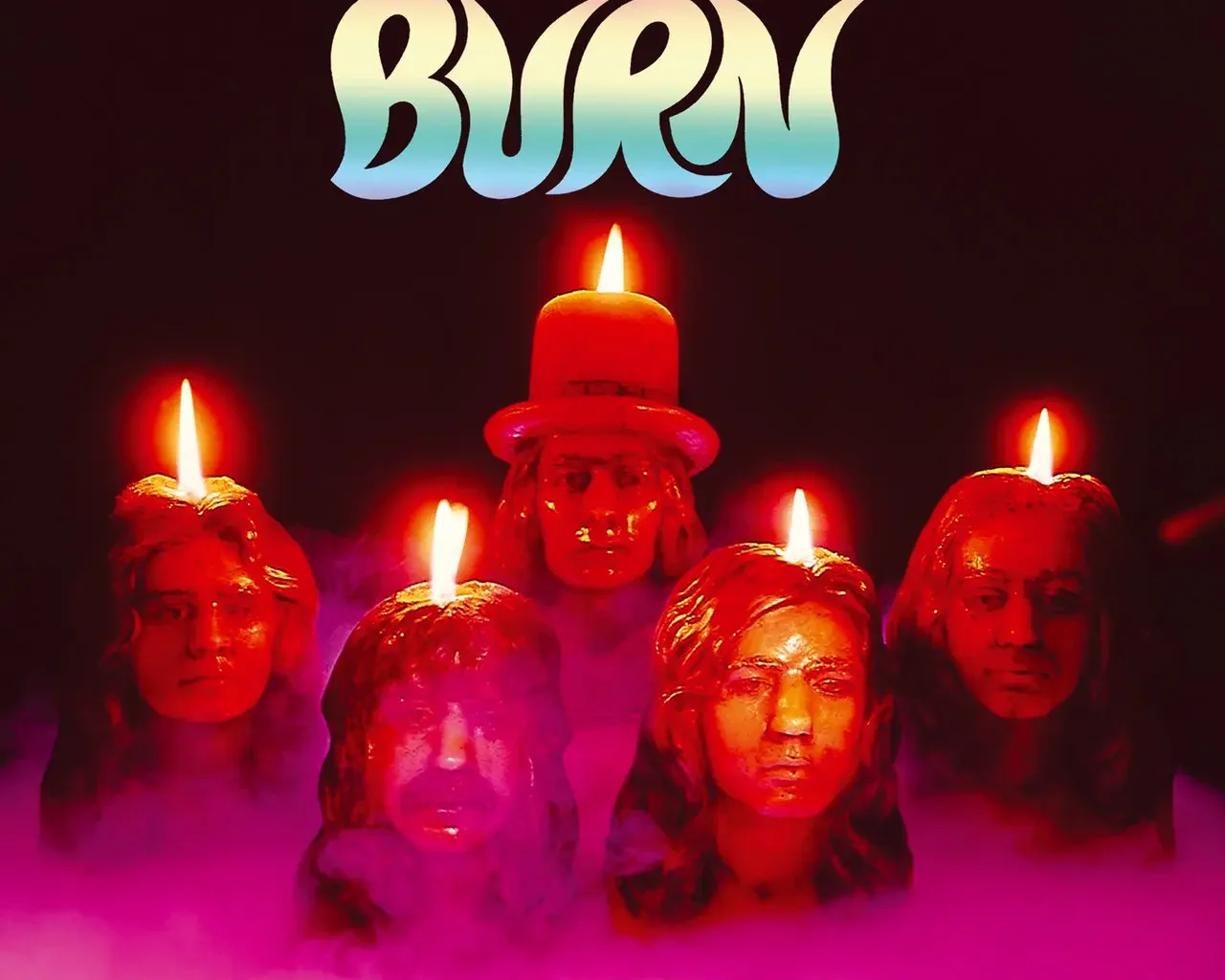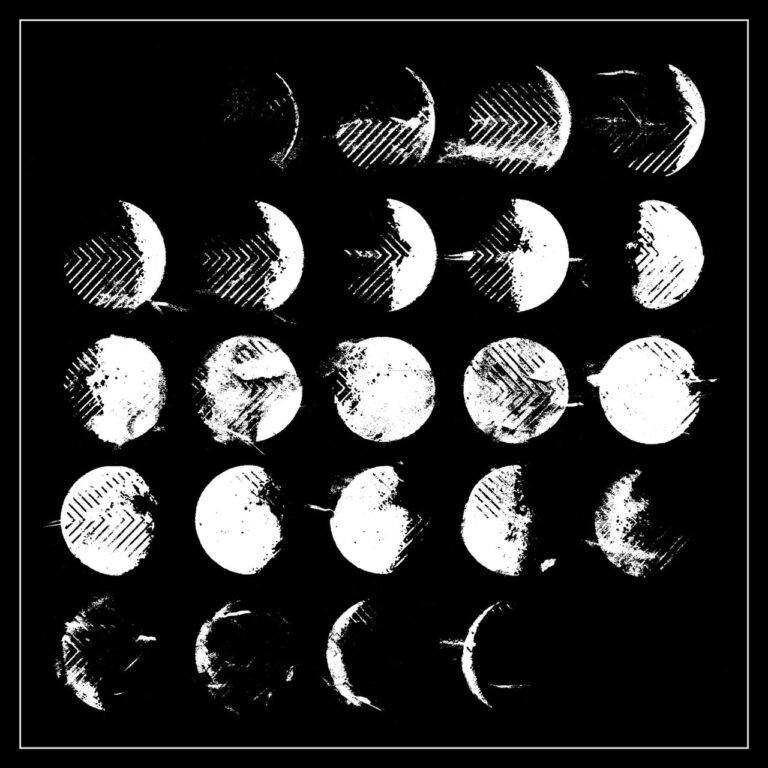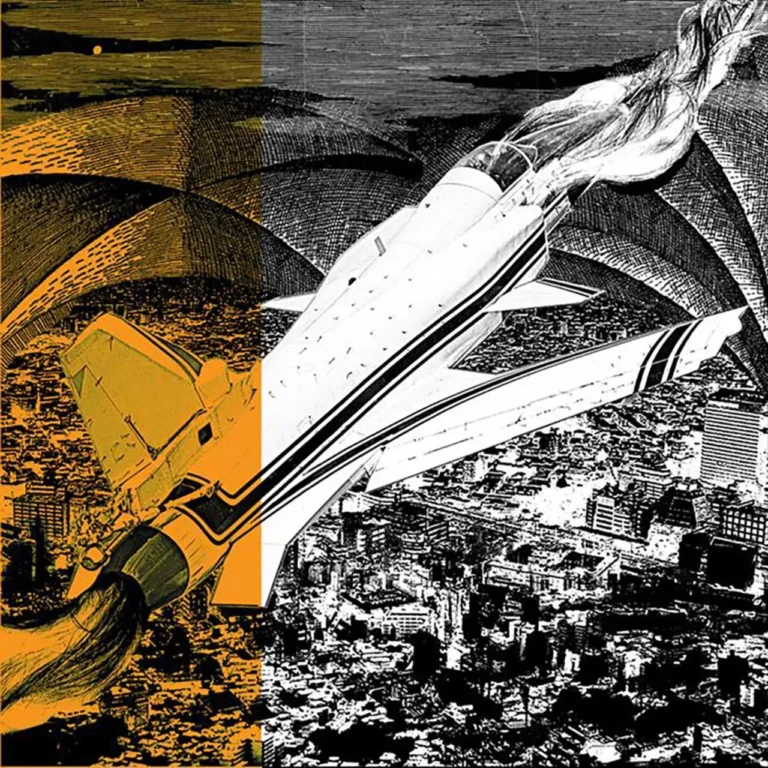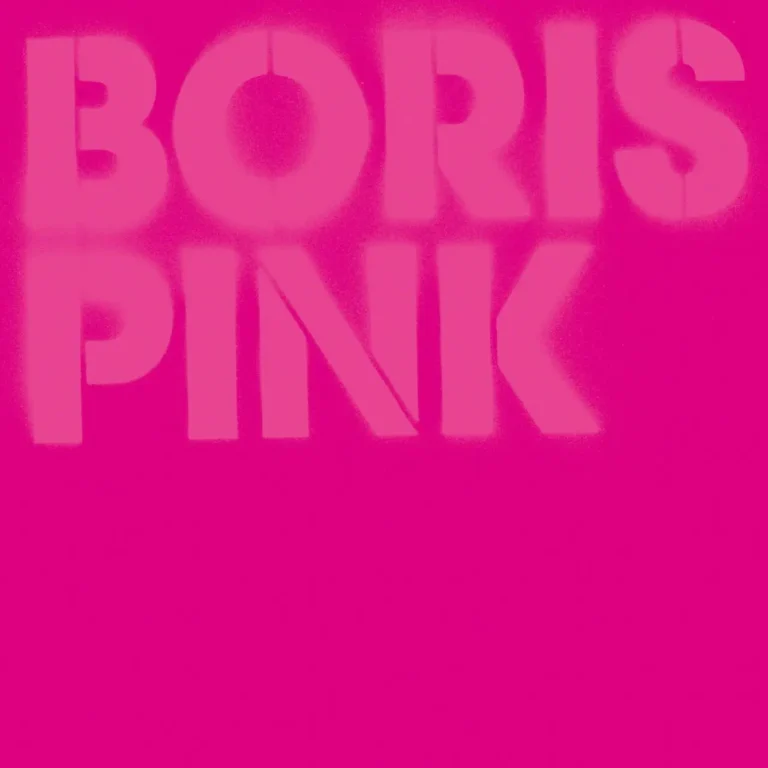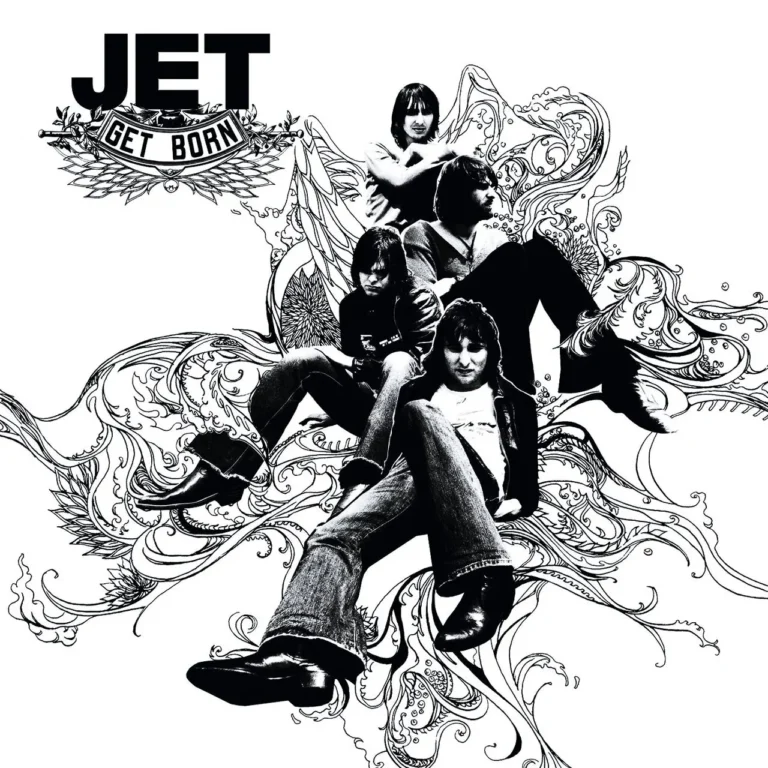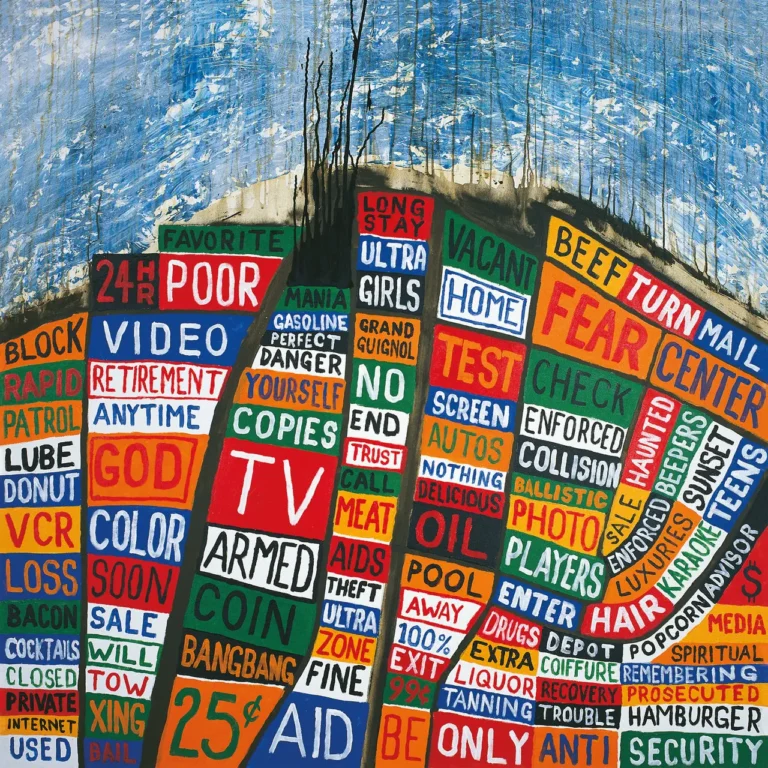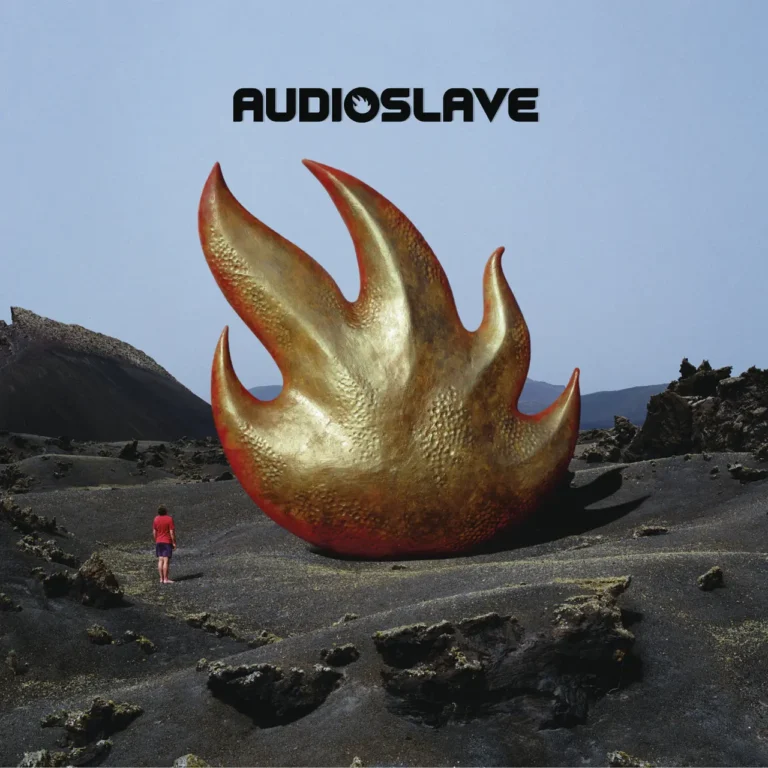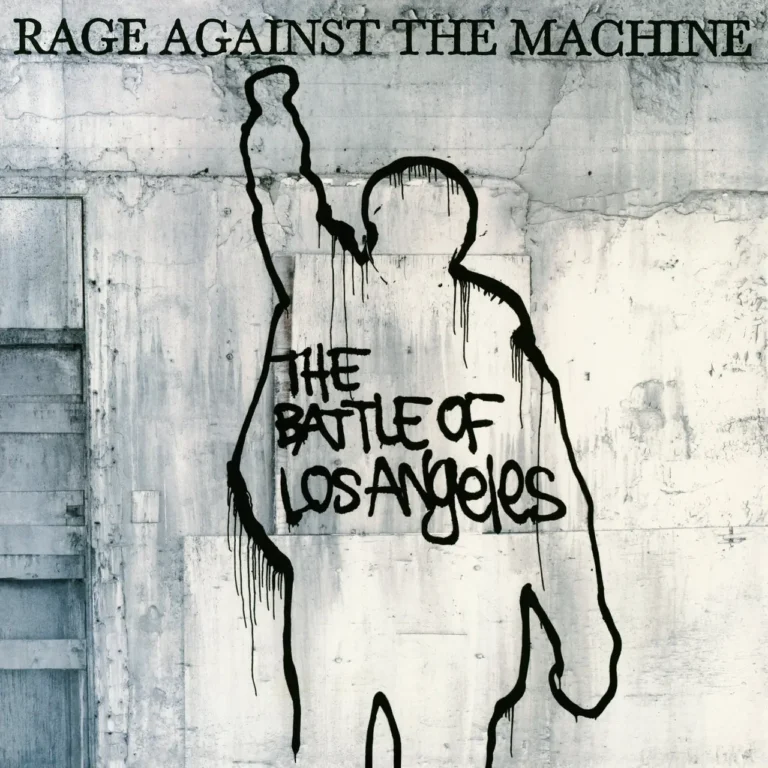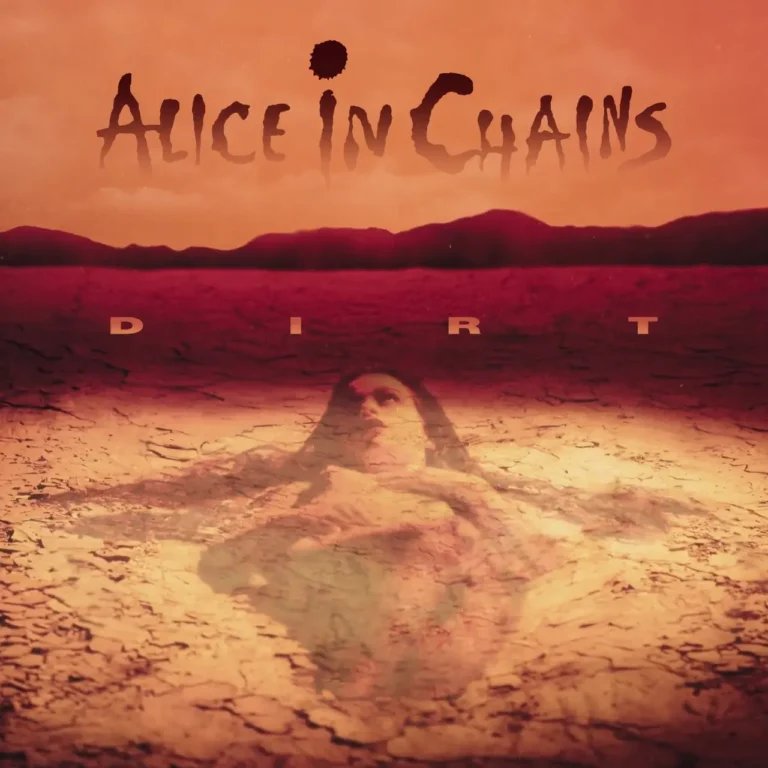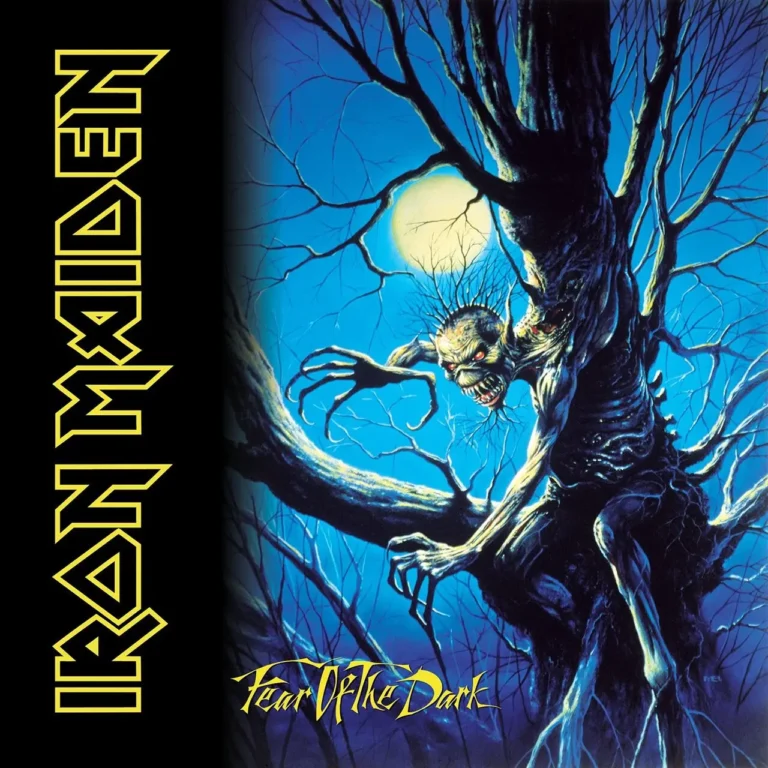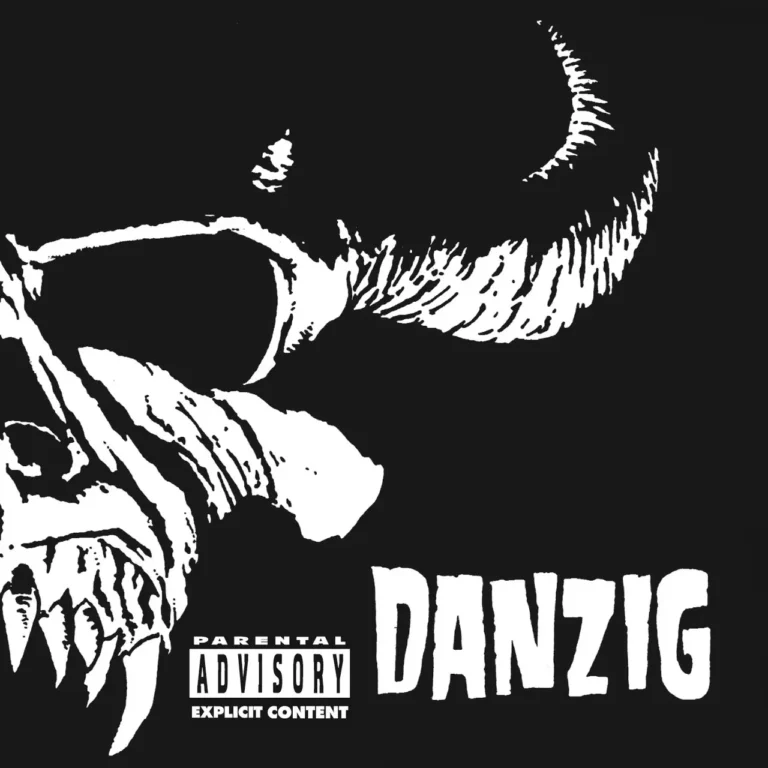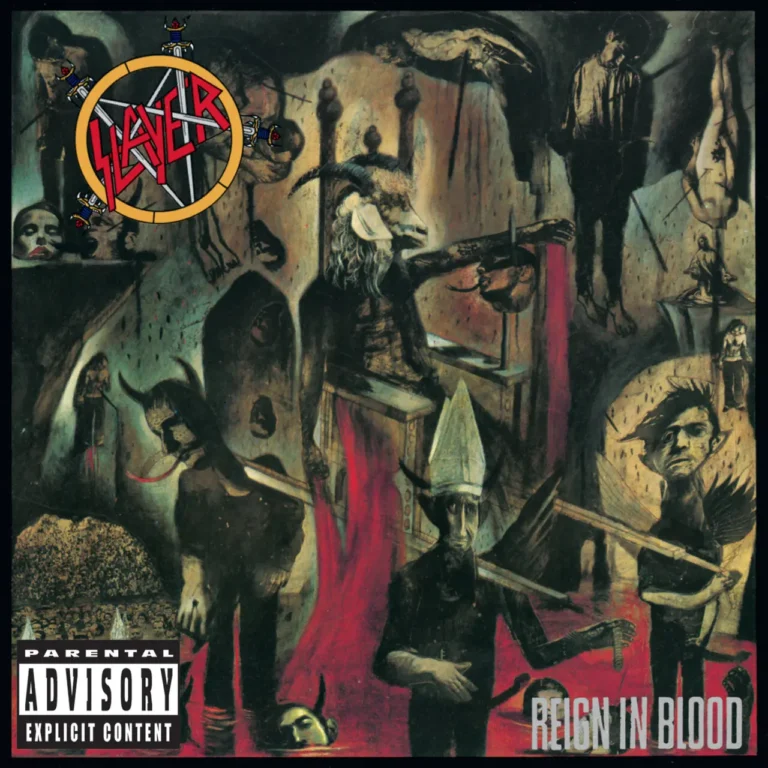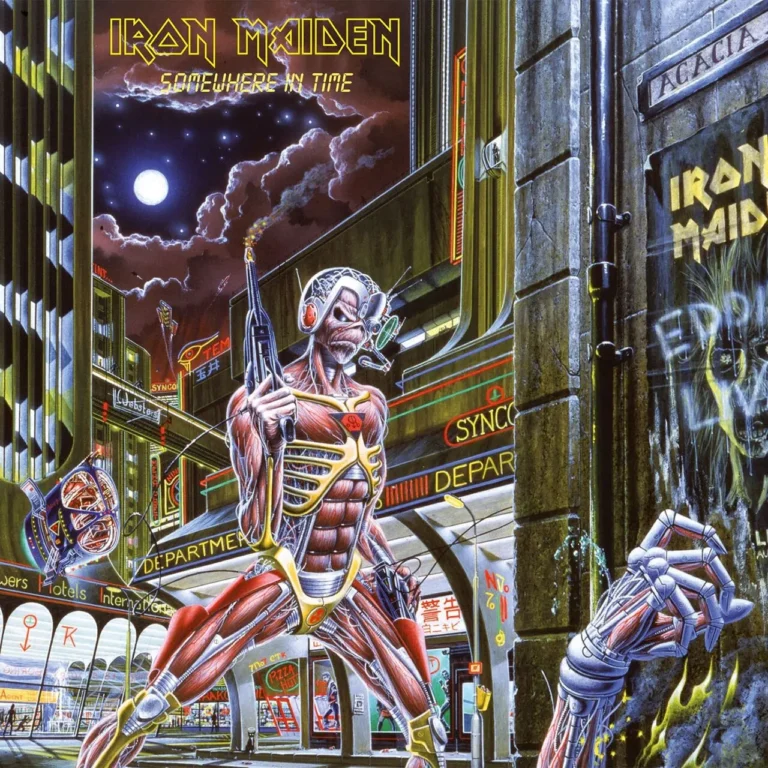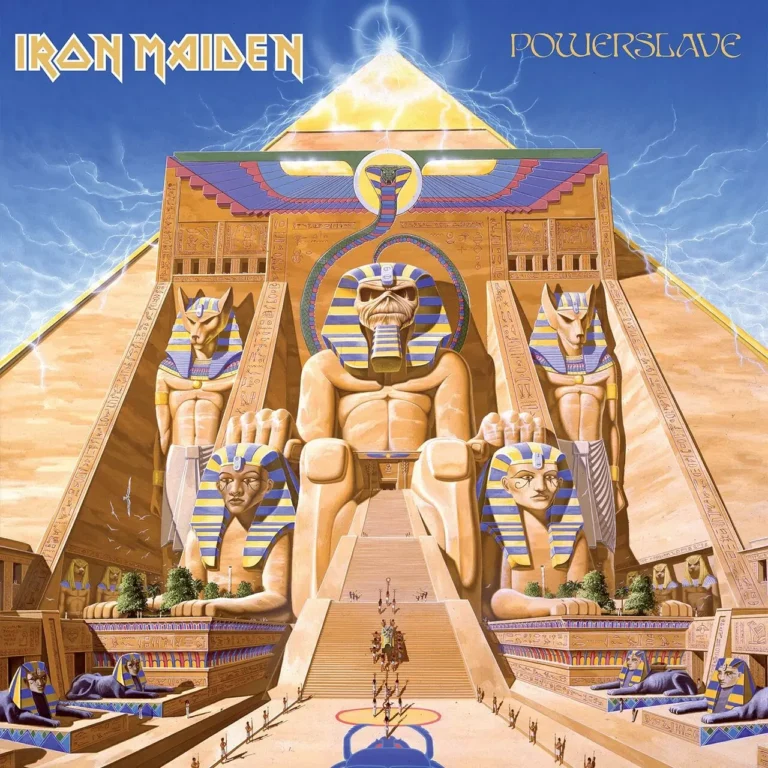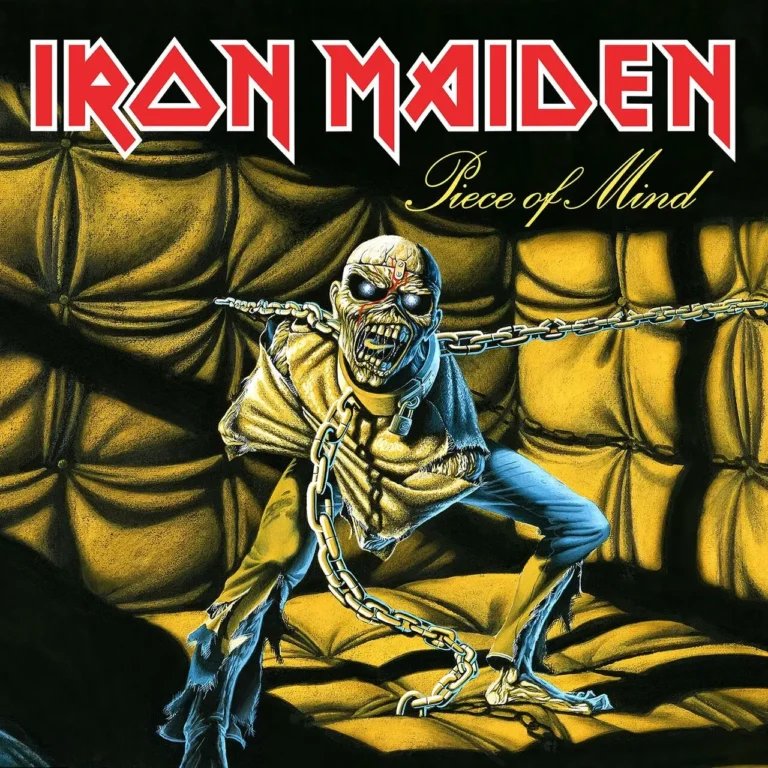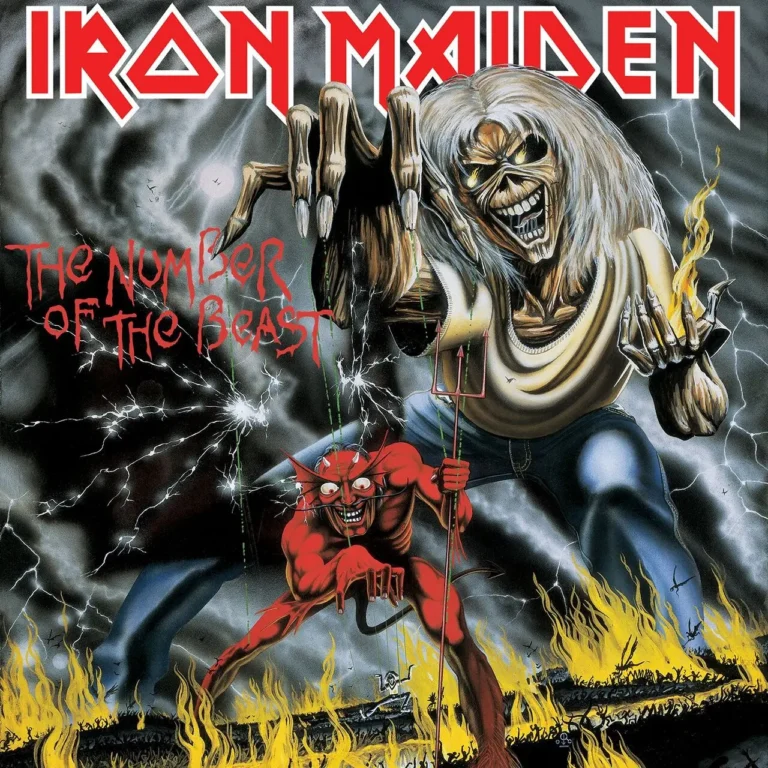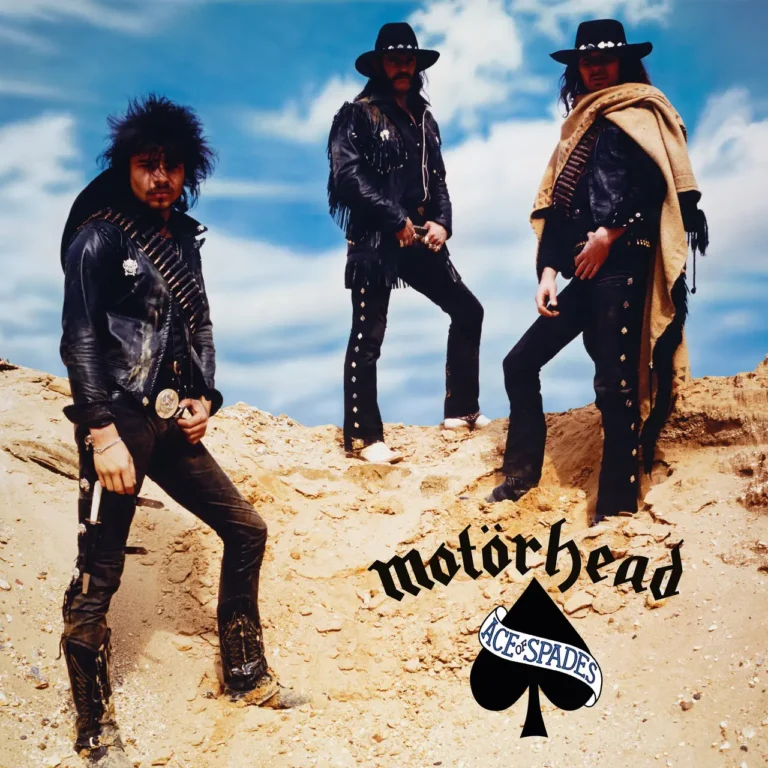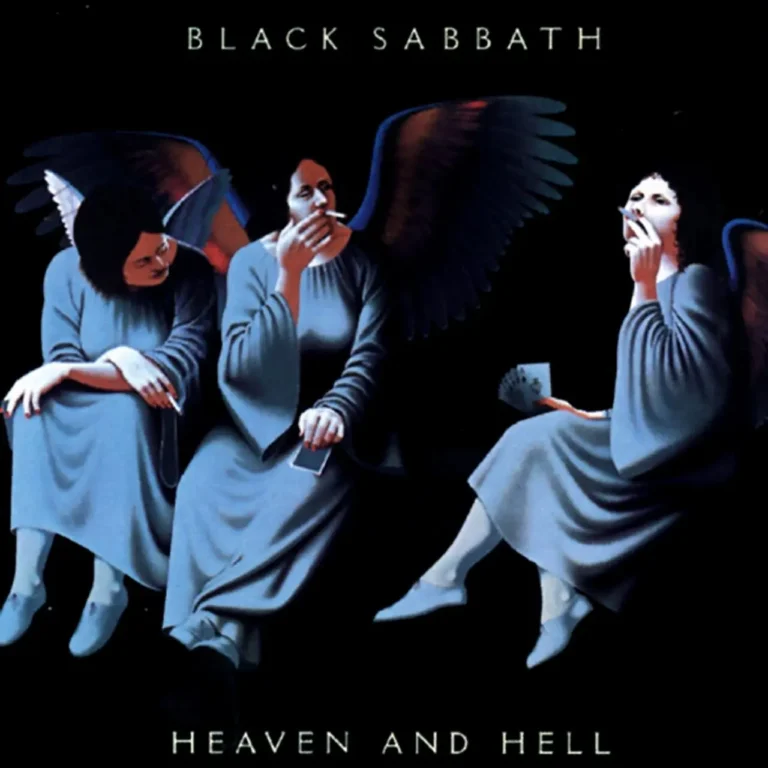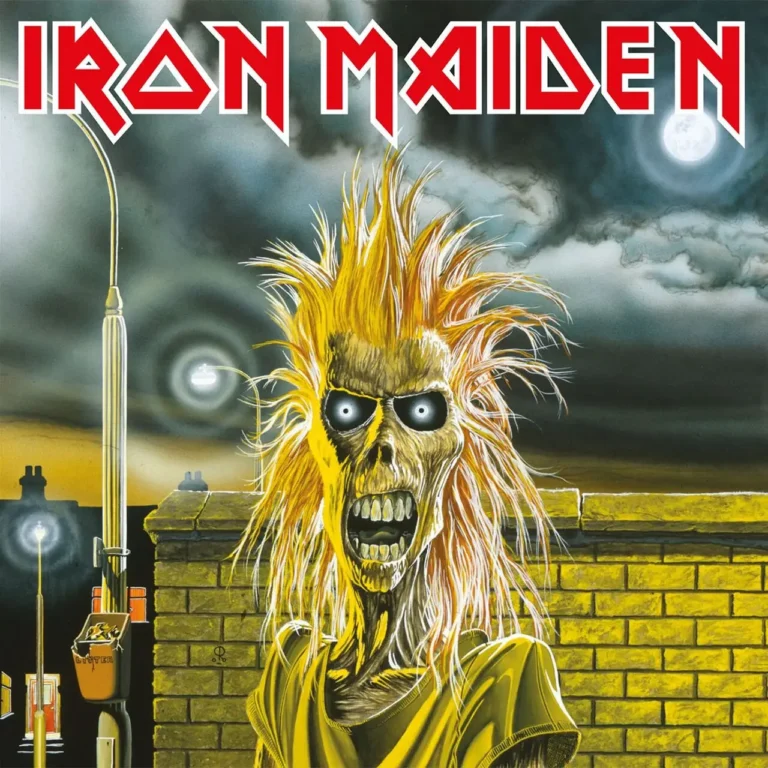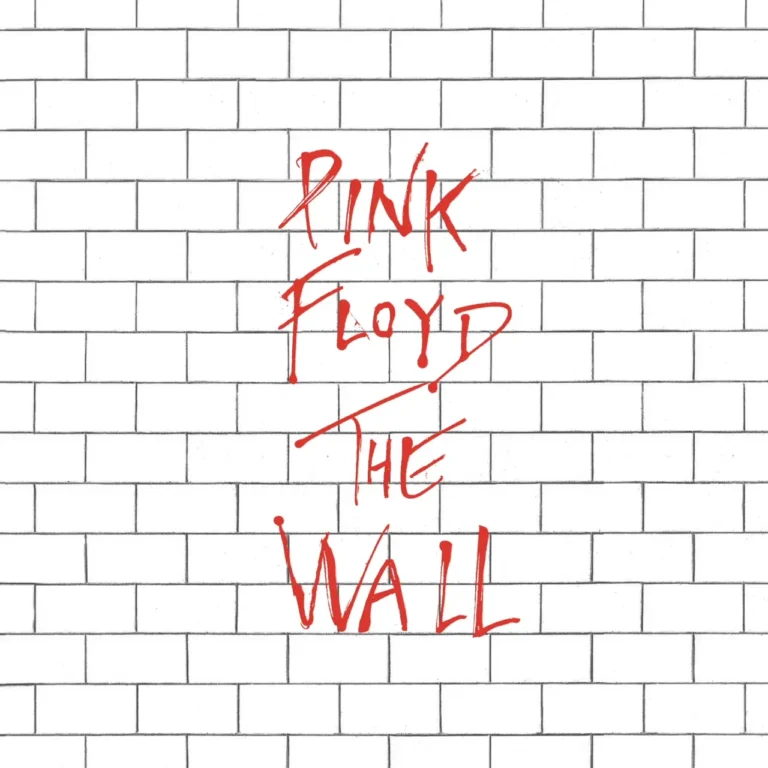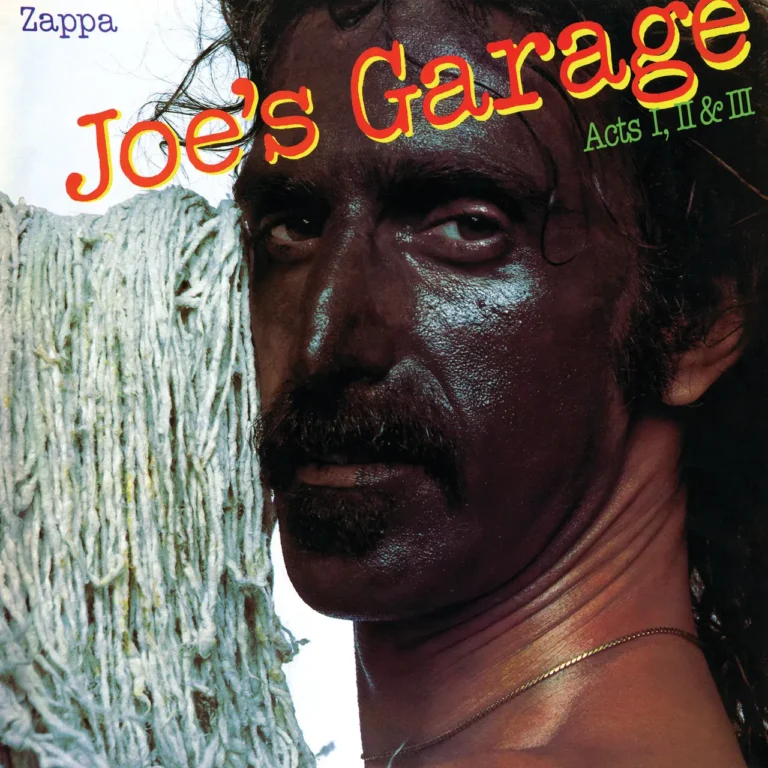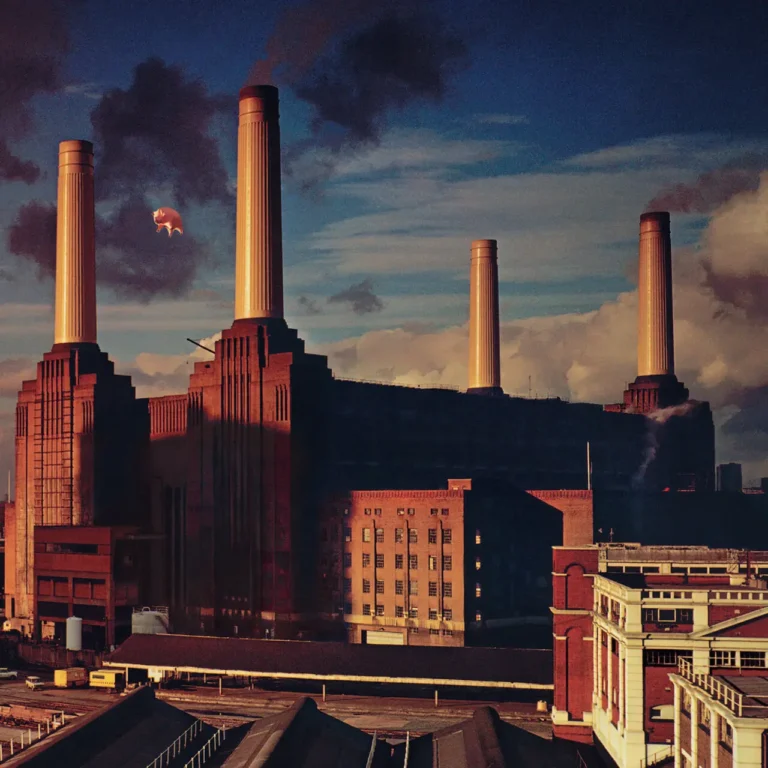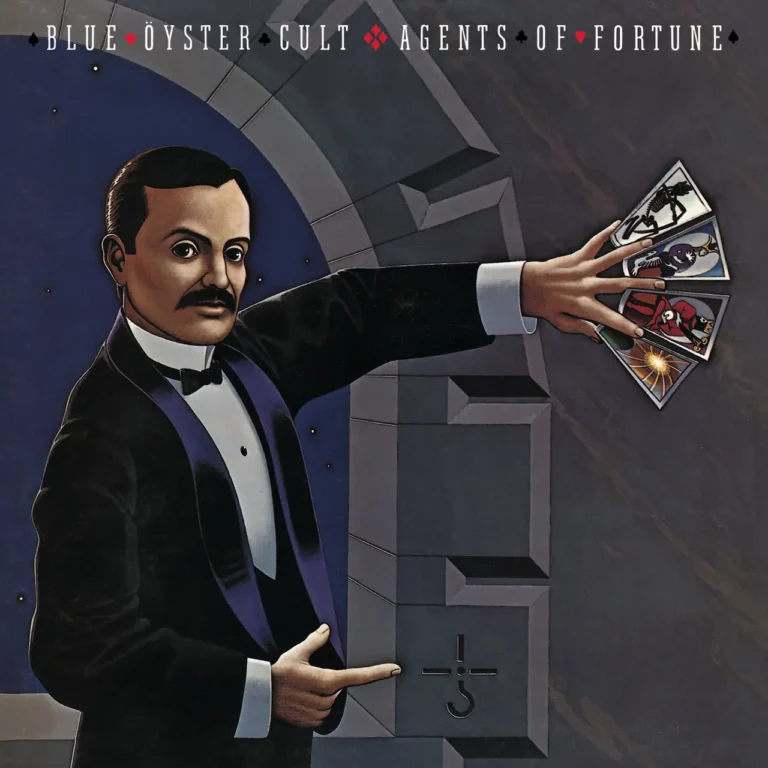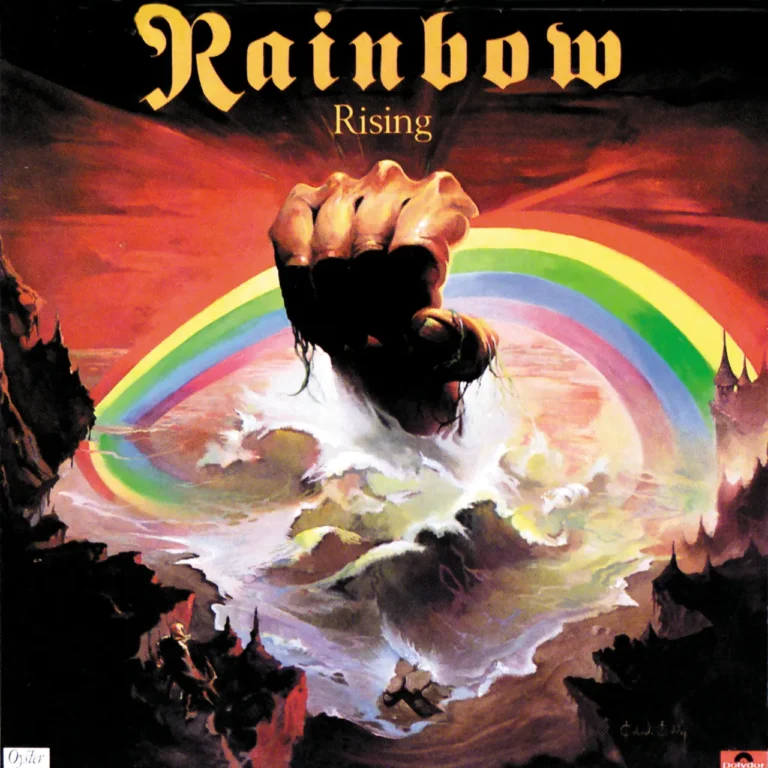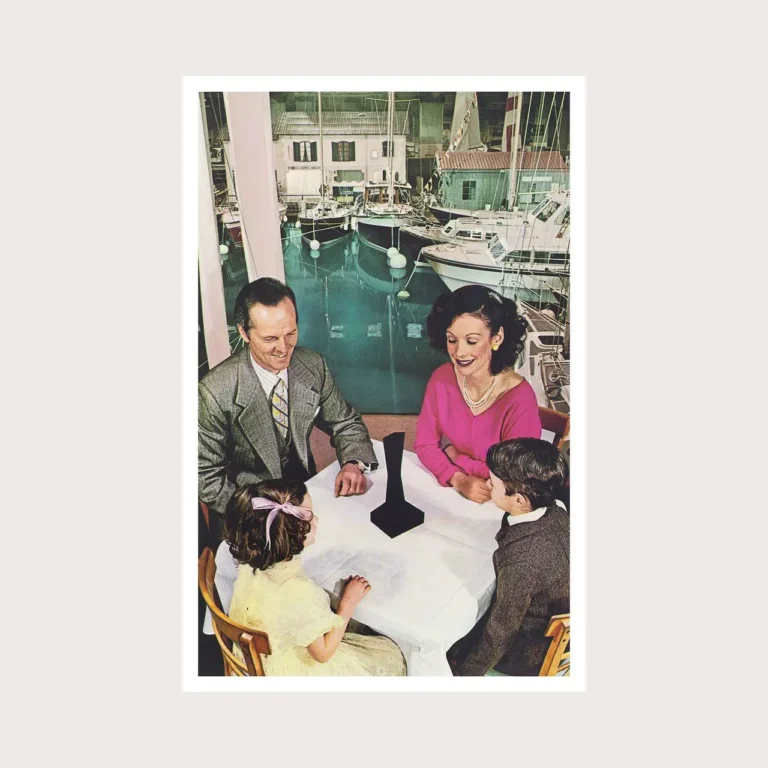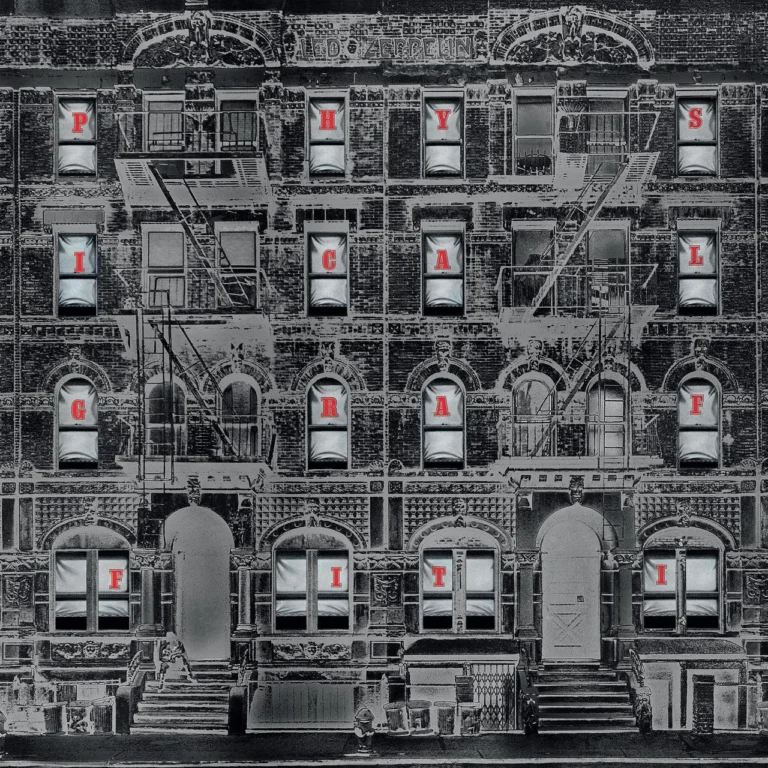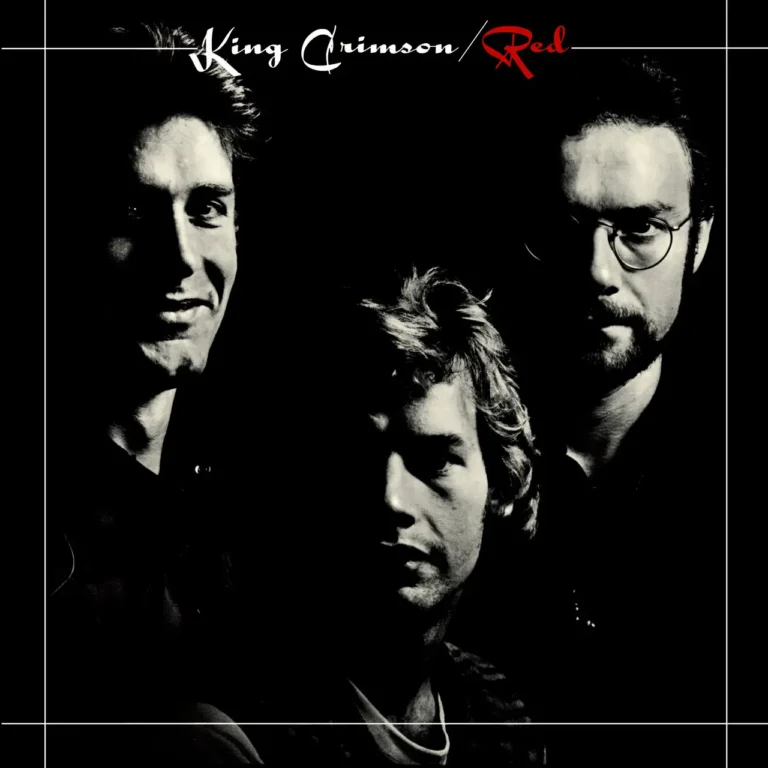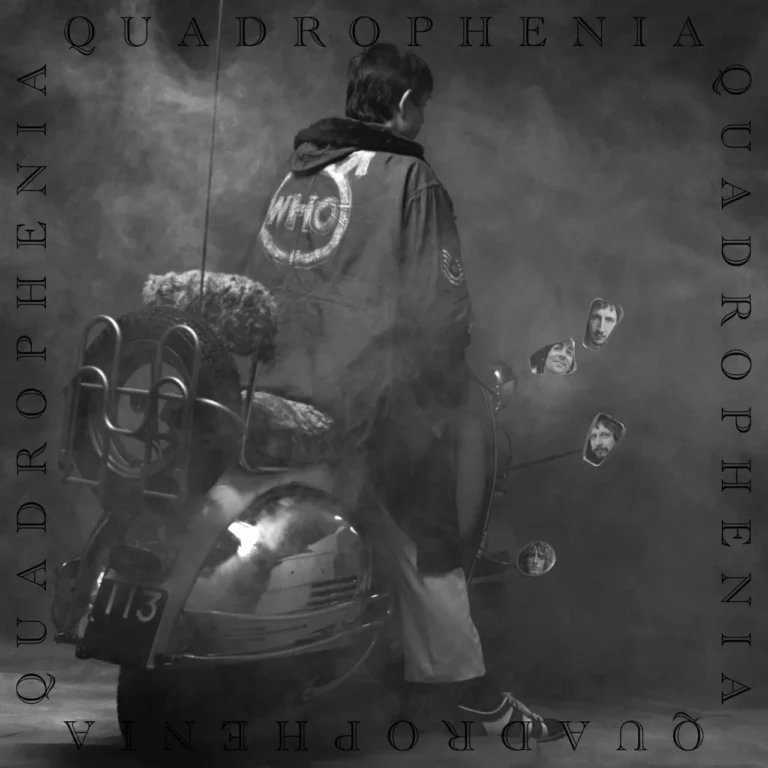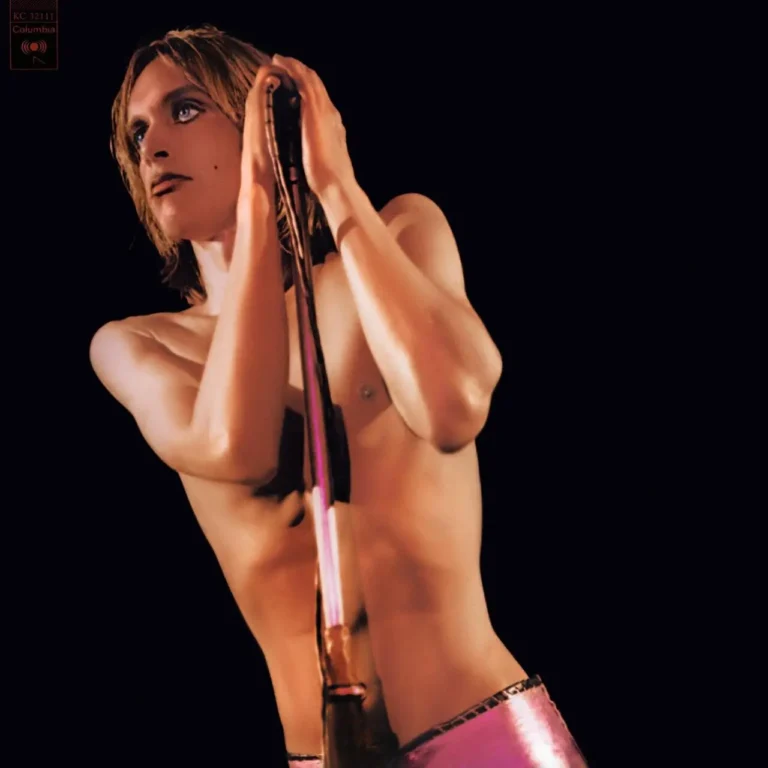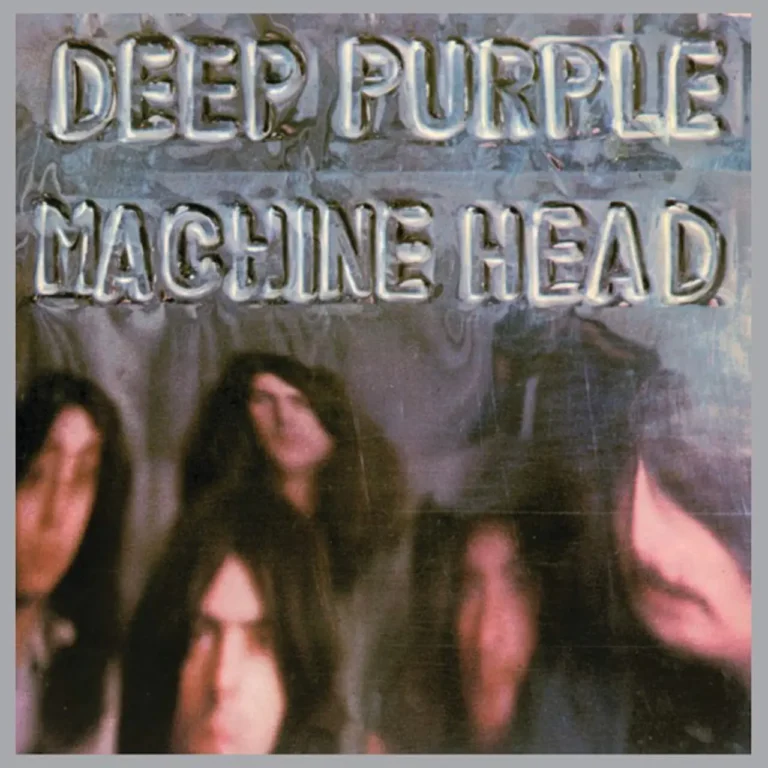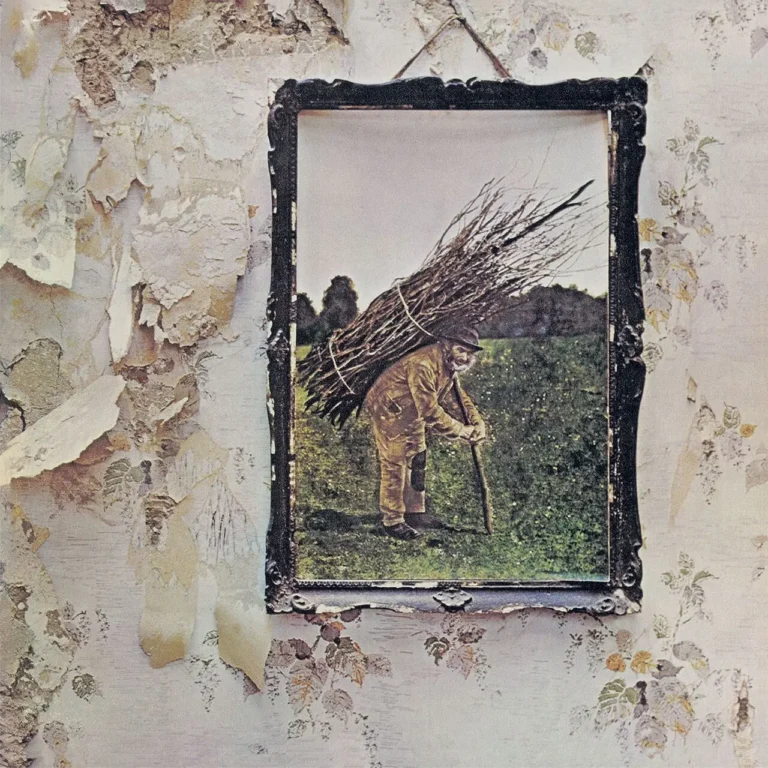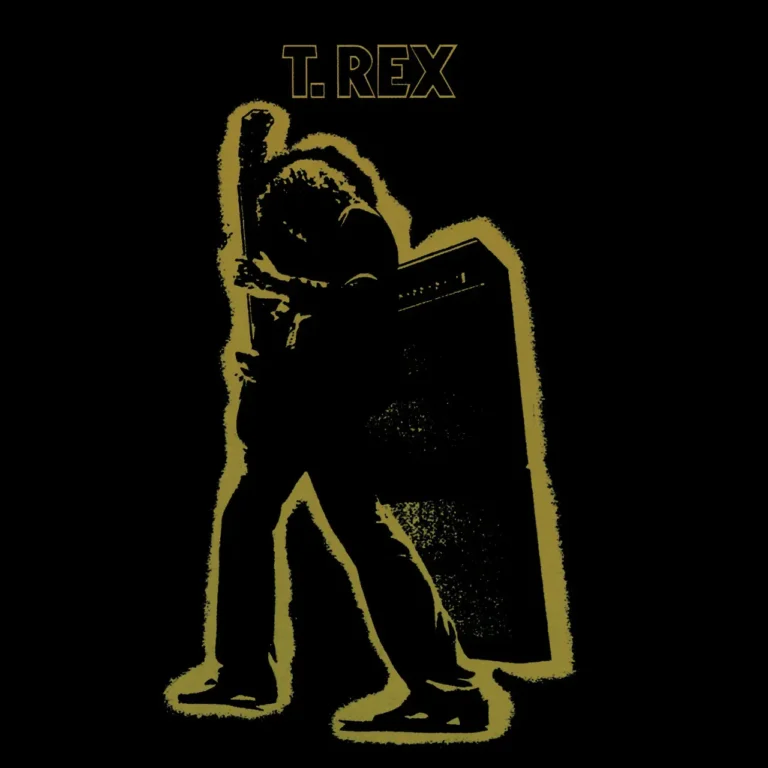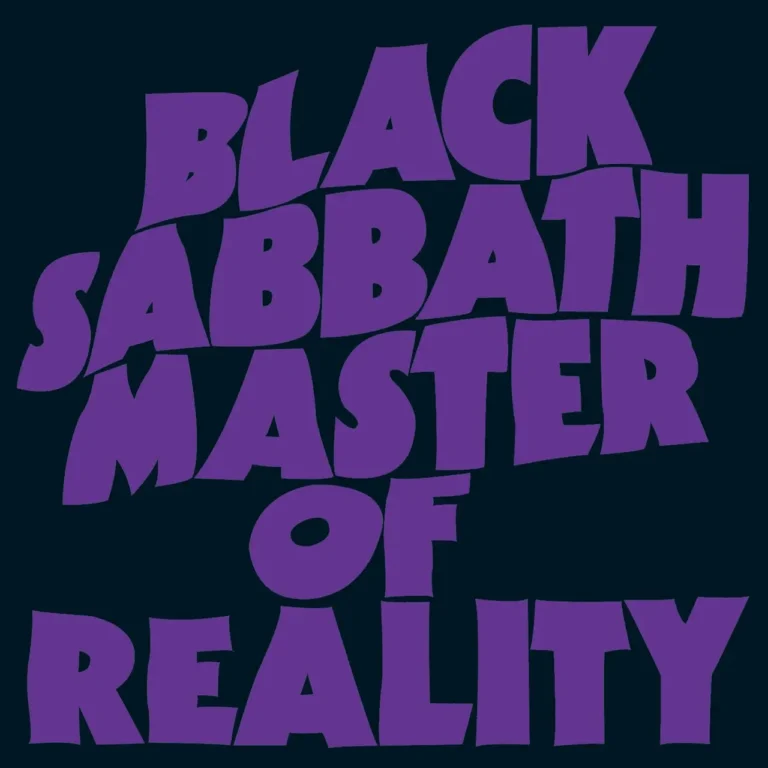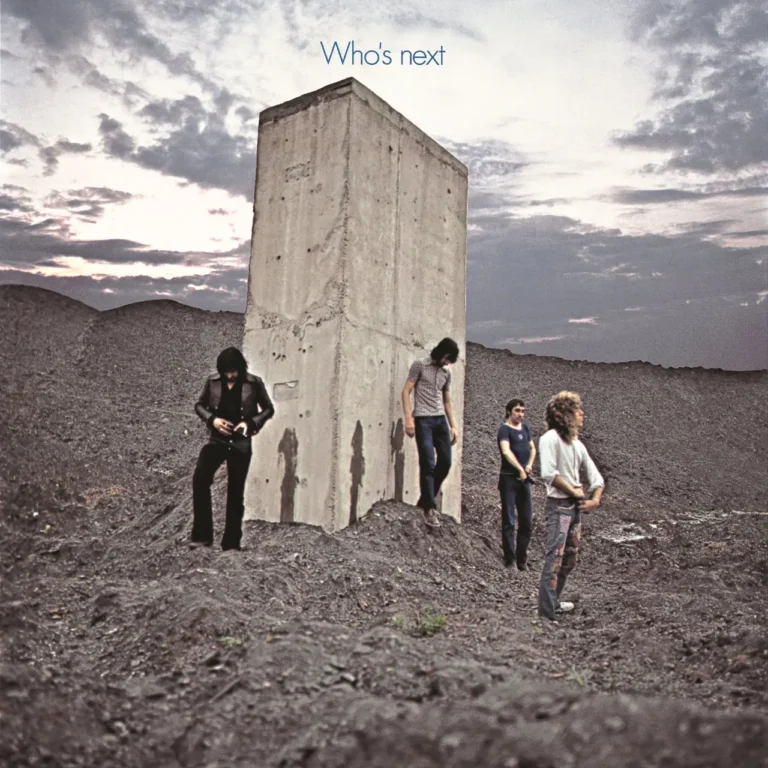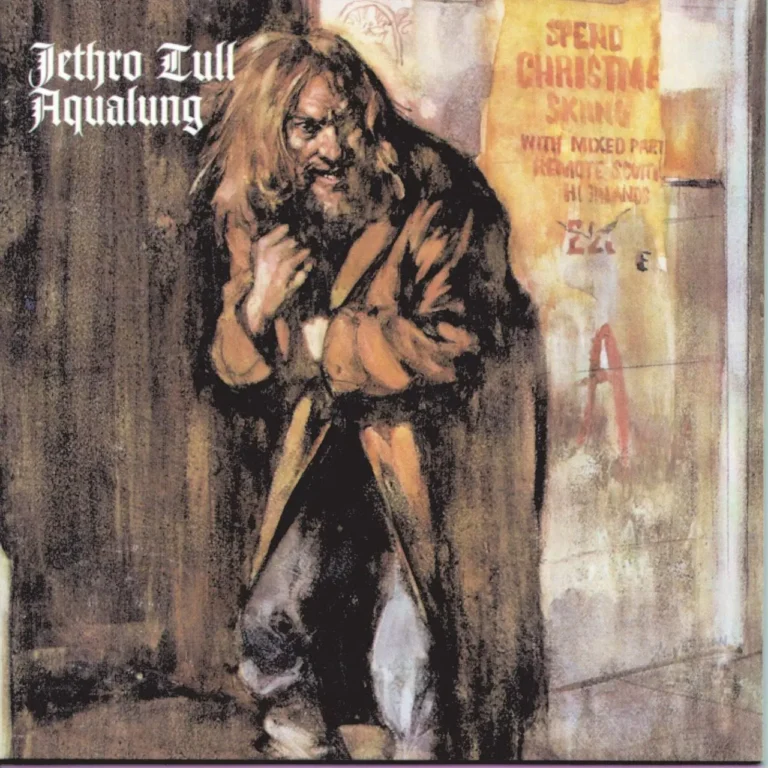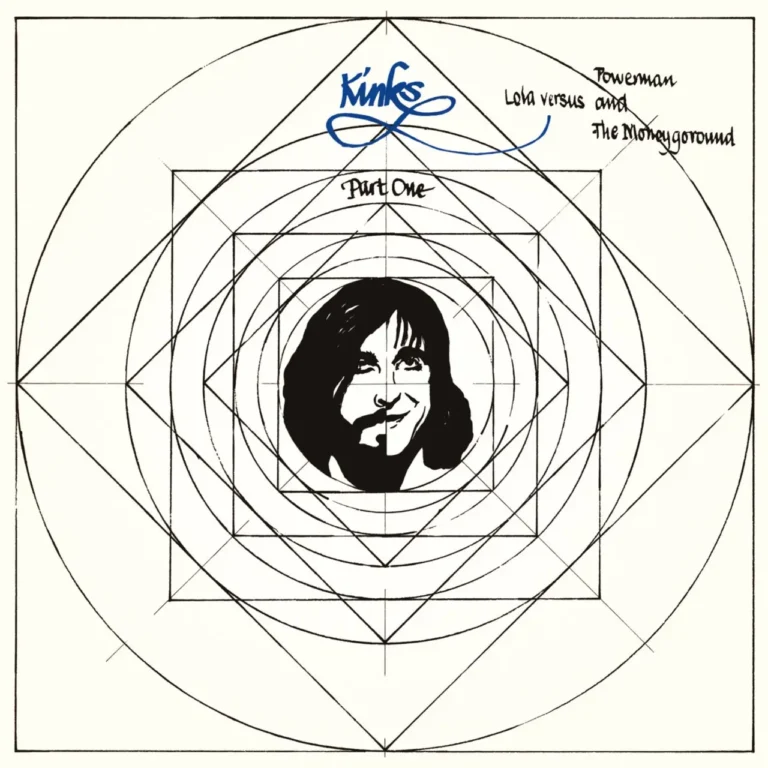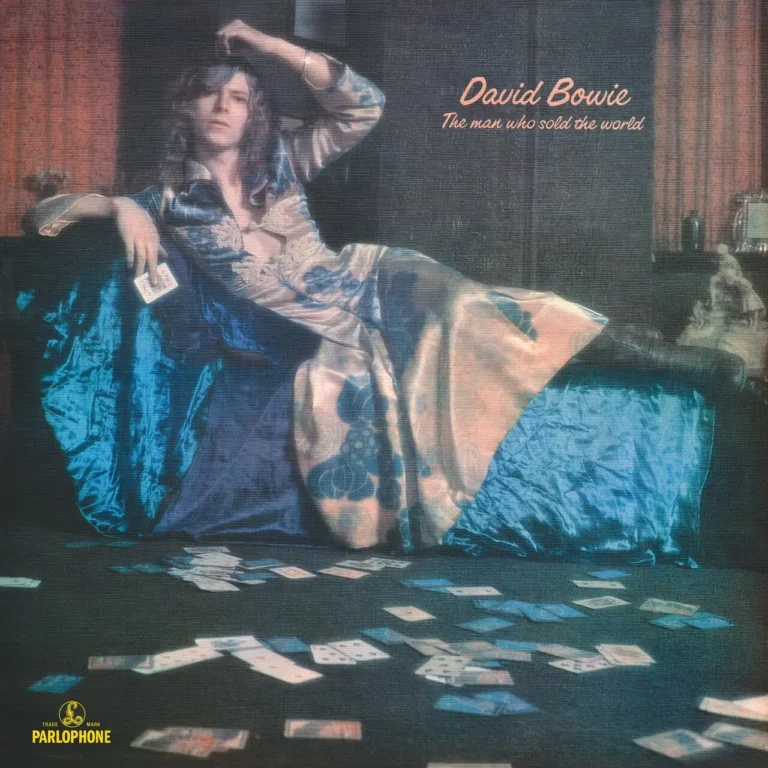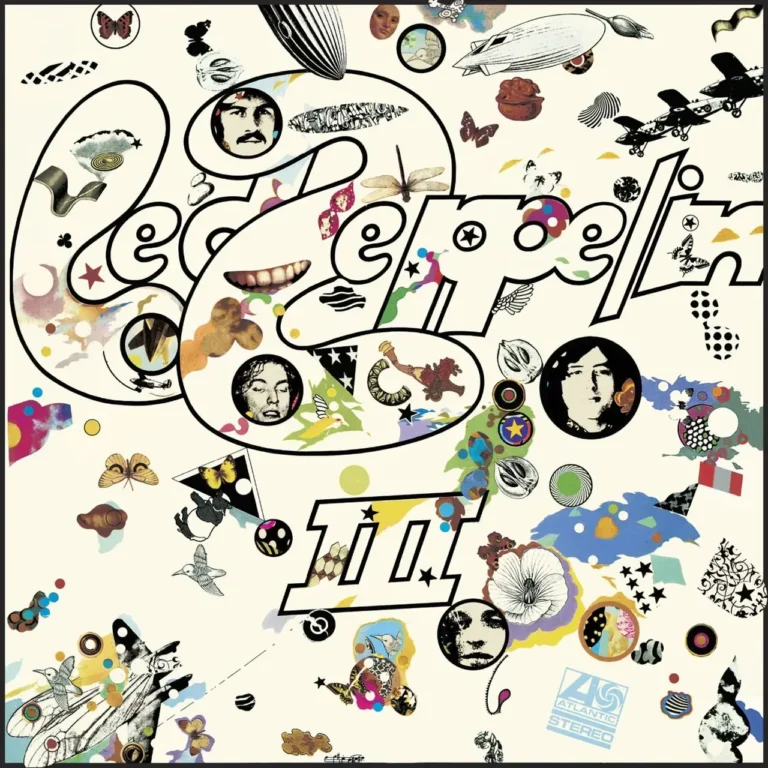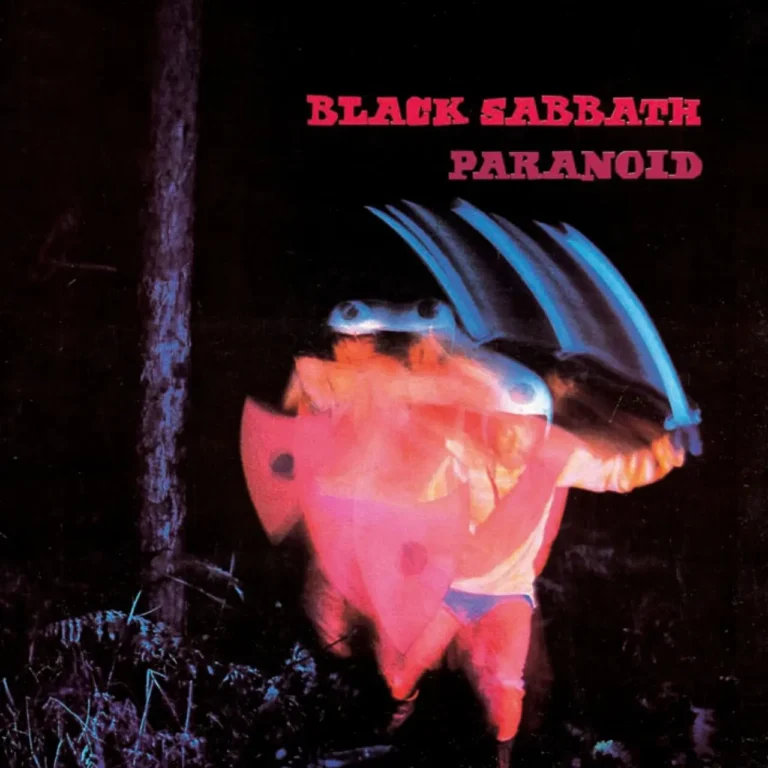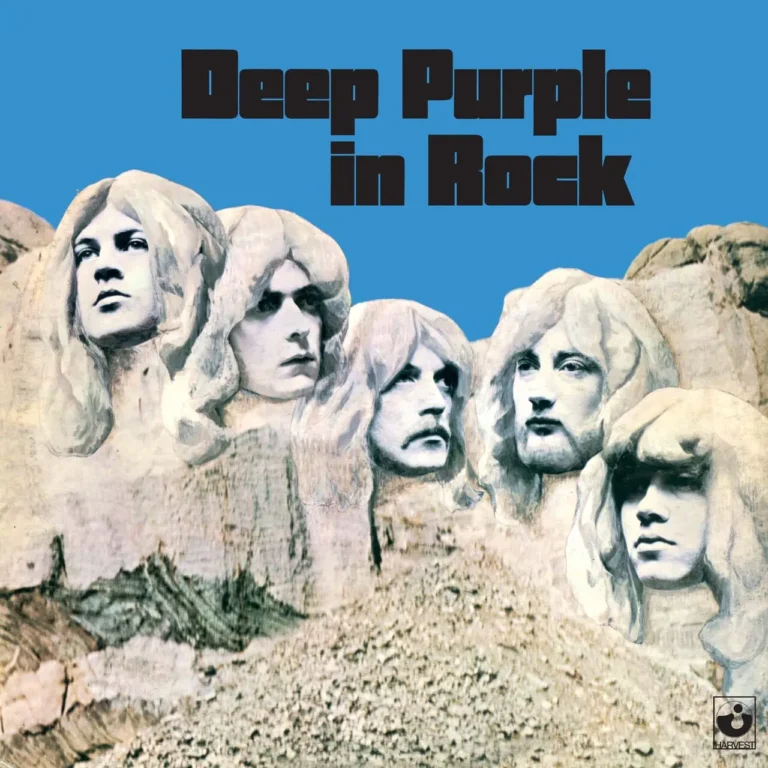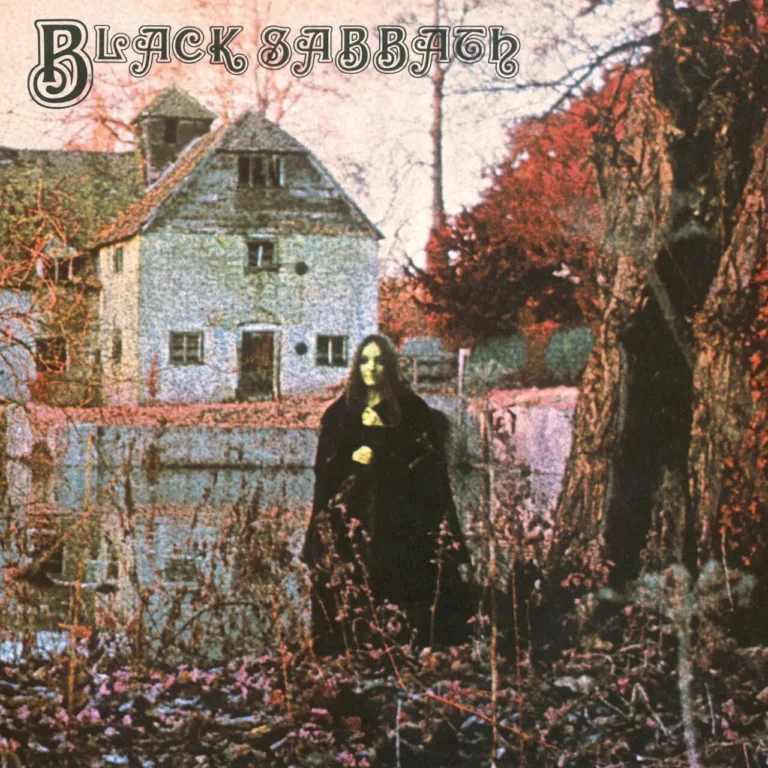"Burn" is the high-octane title track from Deep Purple's 1974 album, marking the band's new "Mark III" lineup with the addition of David Coverdale (vocals) and Glenn Hughes (bass, vocals). The track exemplifies the group’s transition from bluesy hard rock towards a sound infused with soul and funk influences. Released on February 15, 1974, "Burn" became one of Deep Purple’s most iconic openers and a staple of their live performances throughout the mid-1970s123.
Personnel
| Member | Role |
|---|---|
| Ritchie Blackmore | Guitar |
| David Coverdale | Lead Vocals |
| Glenn Hughes | Bass, Vocals |
| Jon Lord | Keyboards, Hammond Organ, Synths |
| Ian Paice | Drums, Percussion |
Song Structure and Musical Style
- Riff: The track’s main guitar riff, devised by Blackmore, is instantly recognizable and has been compared to George Gershwin’s “Fascinating Rhythm,” lending a timeless quality to its driving rock foundation143.
- Vocals: Both Coverdale (verses and choruses) and Hughes (chorus and bridge) share lead vocals, providing a powerful, layered dynamic12.
- Solos: Features prominent solos from both Ritchie Blackmore (guitar) and Jon Lord (organ/synth), cementing the song as a showcase for their virtuosity12.
- Pace: Characterized by rapid drumming and energetic momentum, making it one of the band’s standout rock anthems3.
Lyrics and Theme
The song narrates the tale of a mysterious woman, reminiscent of a witch or supernatural figure, who is accused of bringing destruction by fire to a town. The lyrics are rich in Middle Ages and witch trial imagery, with the townspeople blaming and ultimately condemning the woman. The concept can also be interpreted metaphorically, representing the enduring theme of scapegoating and persecution, as well as the notion of a “woman scorned”56.
The sky is red, I don't understand / Past midnight I still see the land / People are sayin' the woman is damned / She makes you burn with a wave of her hand... All I hear is, "Burn!" 46
David Coverdale reportedly wrote up to half a dozen versions of the lyrics to fit Ritchie Blackmore's vision of demonological and mythical storytelling, rather than typical rock themes3.
Chart Performance and Legacy
- Hot 100 (Billboard, US): Peaked at #5 on the "Bubbling Under" chart1.
- UK: The Burn album reached #3 on the albums chart; the single was particularly popular in live sets25.
- Served as Deep Purple’s live concert opener until 1976 and remains a favorite in solo performances by Coverdale and Hughes183.
- Widely regarded as one of the greatest Deep Purple songs and a classic of 1970s hard rock12.
Notable Insights
- "Burn" was developed through band jams, with Blackmore capturing the main riff spontaneously. Accounts note the band was highly motivated to prove themselves after a lineup shift, fueling the song’s intensity13.
- The track has inspired many musicians, including Paul Stanley of KISS, who cited its riff as inspiration for "I Stole Your Love"2.
- The song combines elements of hard rock, funk, and classical music, especially in Jon Lord’s organ work23.
Track Details
| Attribute | Detail |
|---|---|
| Release Date | February 15, 1974 |
| Album | Burn |
| Length | Approx. 6:00 minutes (album version) |
| Writers | Blackmore, Coverdale, Lord, Paice |
| Producers | Deep Purple |
"Burn" stands as a fiery testament to Deep Purple’s innovation, marking a defining moment in their evolution and enduring as a benchmark for rock anthems123.
